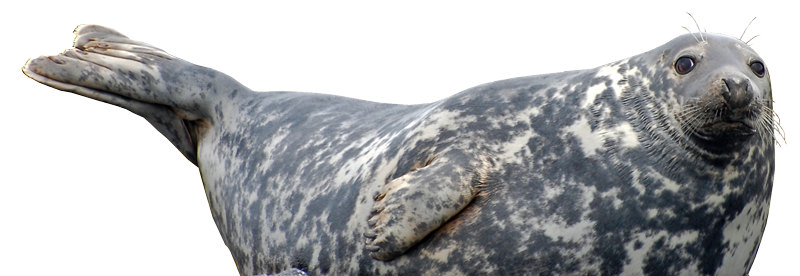CANADIAN SHARK ATTACK REGISTRY
https://carguidenation.com/cars-catalytic-converter-stolen/
Hardhat diver attacked by shark in Burrard Inlet
| Case number: 13 |
| Date: 1925-01-07 |
| Location: Burrard Inlet (Vancouver), British Columbia |
| Incident type: Attack on diver — Code: DF |
| Species: Unknown |
| Possible cause(s): Unknown |
| Result: No injury |
| Status: Confirmed |
| Description: A commercial hardhat diver claimed¹ to have been attacked three times by a shark (species unknown) during underwater construction work on the Second Narrows Bridge. The diver (John Bruce) reportedly killed the shark from repeated blows with an iron bar at a depth of 27 m. The shark was then exhibited in public before being destroyed.
From the Vancouver Sun (January 8, 1925):
Assessment: Based on the reported size and location, and if the account of the battle is true, the shark could have been a bluntnose sixgill (Hexanchus griseus) or a Pacific sleeper shark (Somniosus pacificus), both of which are relatively slow-moving and known to frequent the area. It would be unlikely for anyone, let alone a diver wearing a cumbersome and highly restrictive hardhat outfit, to fight with and beat to death a salmon shark (Lamna ditropis) or a white shark (Carcharodon carcharias). A white shark would also have been out of season. The Pacific spiny dogfish (Squalus suckleyi), a.k.a. mud shark, does not grow to 1.8 m (6 ft). A so-called mud shark was caught² the same year and exhibited at the Vancouver Yacht Club, on December 9, 1925. The two-metre shark was observed swimming at the surface where it was caught with a boat hook by the club caretaker. Again, the physical and behavioural description of this shark does not match the spiny dogfish, but more closely resembles that of the Pacific sleeper shark which is relatively easy to capture at the surface using a harpoon or gaffe. It is thus our determination that the animal in question may have been a bluntnose sixgill shark or a Pacific sleeper shark but the details of the incident may have been exaggerated for effect.
|
References:
|








